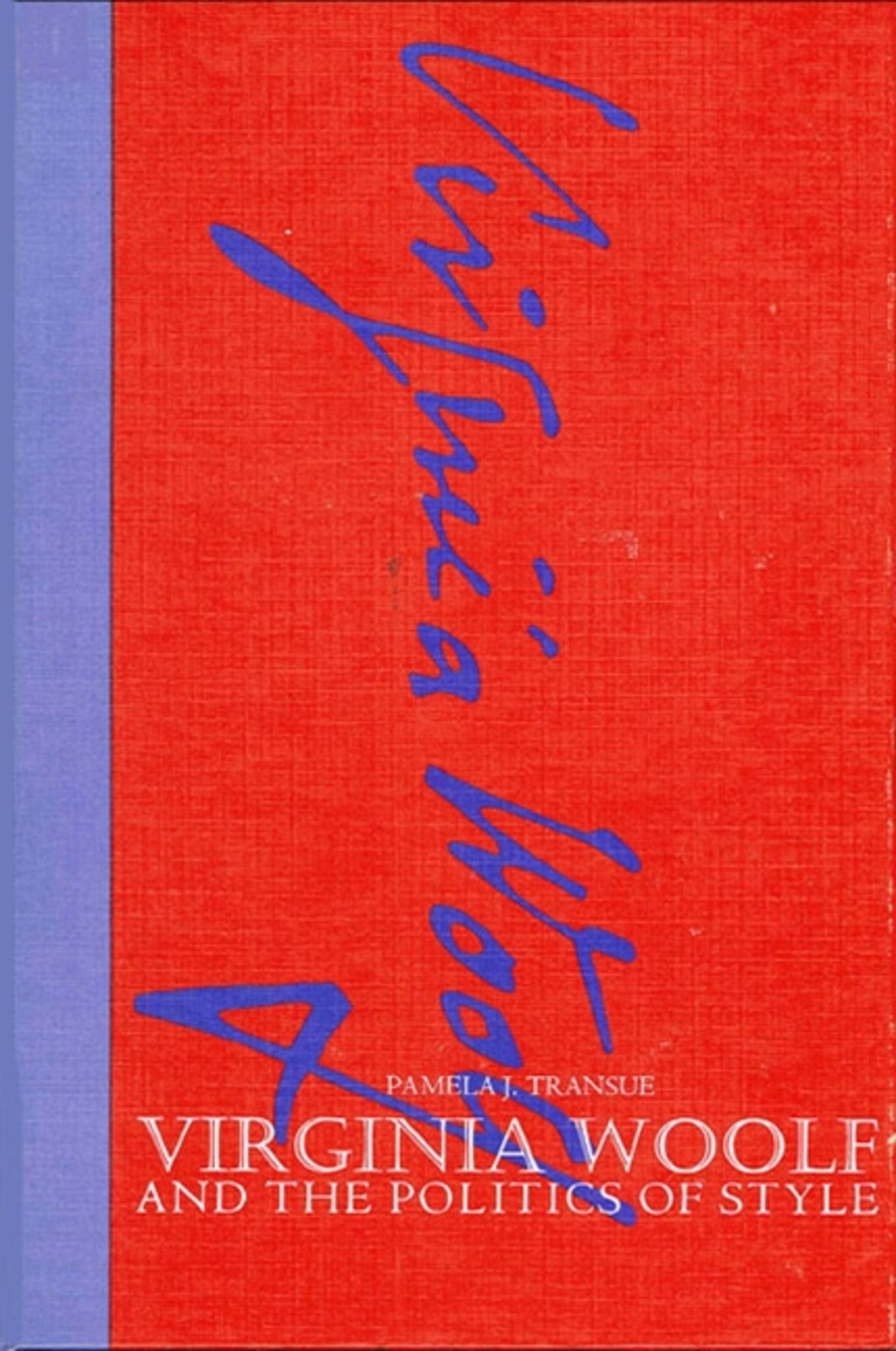We're sorry. An error has occurred
Please cancel or retry.
Virginia Woolf and the Politics of Style

Some error occured while loading the Quick View. Please close the Quick View and try reloading the page.
Couldn't load pickup availability
- Format:
-
15 August 1986

This readable, informed, and insightful book illustrates the effects Virginia Woolf's feminism had on her art. Woolf's committed feminism combined with her integrity as an artist and her ability to metamorphose ideology into art make her work particularly suitable for a study of the complex relationship of polemic to aesthetics. There is hardly a more crucial issue for the feminist artist today, who must seek a successful fusion of her principles with her art. For the student of this art Virginia Woolf and the Politics of Style provides a means to evaluate the success or failure of these strategies.
While Woolf's essays reflect a strong if somewhat quirky feminism, she was highly critical of didacticism in fiction. For that reason her novels at first glance appear relatively free of polemic. Virginia Woolf and the Politics of Style reveals that her feminism is more accurately described as latent in the novels, having been merged into the aesthetic components of style, structure, point of view, and patterns of imagery.


Acknowledgments
Introduction
The Voyage Out
Night and Day
Jacob's Room
Mrs. Dalloway and To the Lighthouse
Orlando
The Waves
The Pargiters and The Years
Between the Acts
Conclusion
Notes
Bibliography



